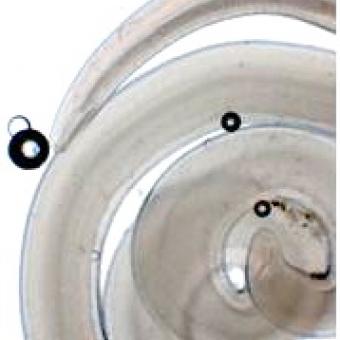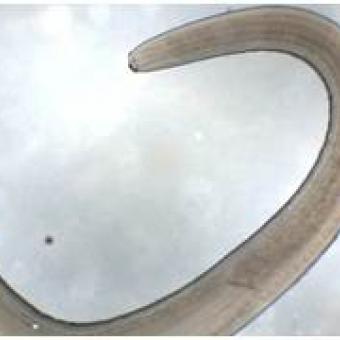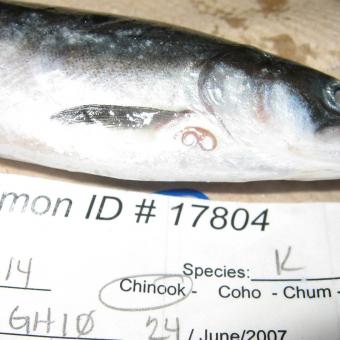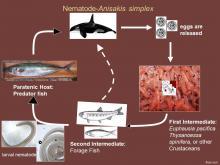|
Anisakis species are very common, parasitic, marine nematode worms (roundworms). They have life cycles that involve multiple hosts: fish, invertebrates and marine mammals. The parasite is transmitted from smaller fish to larger fish through foraging, with predatory fish and top-end mammal predators, like killer whales, accumulating massive doses. The juvenile worms are about 1/2 inch long and can be seen in both muscle and body cavity of the fish host. In Oregon, they can be found commonly in adult salmon, though their prevalence will vary from year-to-year with changing ocean conditions. Humans can become infected with Anisakis through consumption of uncooked or undercooked infected fish. The worms can be killed if the fish fillets are frozen for several days and/or cooked properly. |
|
Detection Method:
gross pathology / gross clinical signs Target tissue: viscera |










